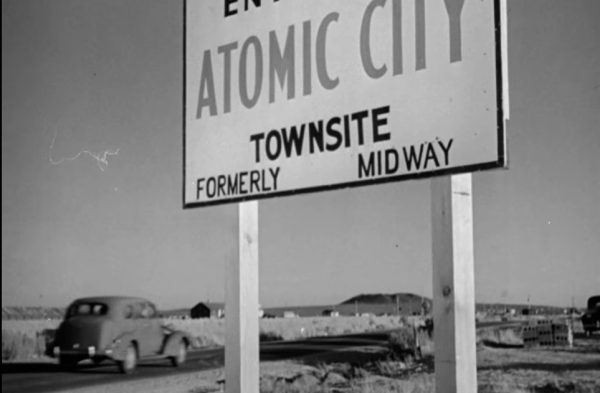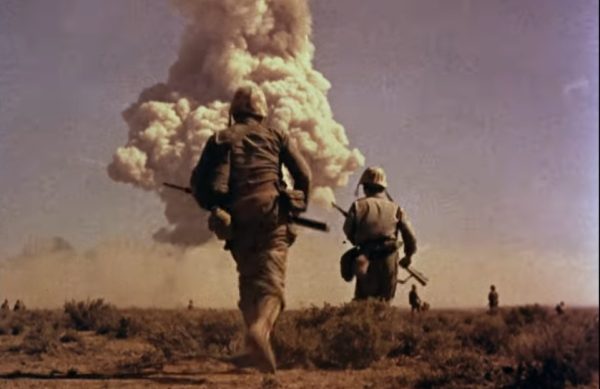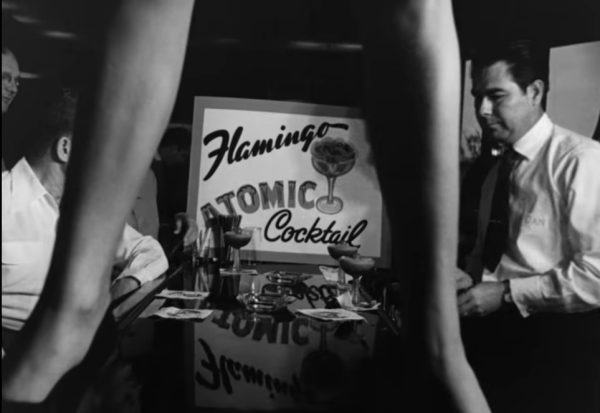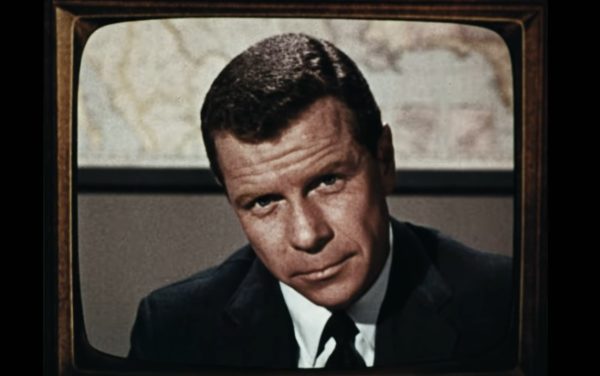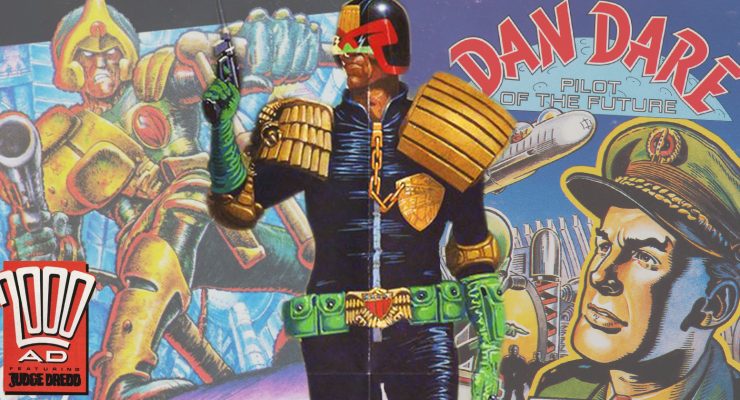The Atomic Cafe, 1982.
Directed by Kevin Rafferty, Jayne Loader, and Pierce Rafferty.
SYNOPSIS:
The classic 1982 documentary The Atomic Cafe was preserved by the United States’ National Film Registry in 2016, so now is a good time to revisit it, especially in light of Christopher Nolan’s Oppenheimer movie. This film uses nothing but archival footage to tell its story. The editing makes the filmmaker’s point-of-view pretty clear, but in the end, it’s up to the viewer to decide how they feel.
I haven’t seen Oppenheimer yet (nor Barbie, so I can’t attest to the “Barbenheimer” phenomenon), but I imagine it might pair well with the classic 1982 documentary The Atomic Cafe, which is currently available on Blu-ray from Kino Lorber.
I had a chance to check out a digital copy, so I can’t speak to the extras on the Kino Lorber disc, but I hadn’t seen this one yet, so I was curious. Released in 1982, The Atomic Cafe uses nothing but archival footage from the 1940s and 50s to tell a macabre story that can leave you chuckling one minute and recoiling in horror the next.
I grew up during the tail end of the Cold War, but I don’t recall ever being as fearful of a nuclear attack during my childhood as members of my dad’s generation must have been. (He was born in 1941.) I never experienced “Duck and cover” drills in school, and when the made-for-TV movie The Day After aired in 1983, I remember it more for the controversy over some explicit scenes than anything else.
If you also grew up at any point during the Cold War, The Atomic Cafe might reinforce your memories that the fears were real and needed to be dealt with, as much as it might reinforce your memories that it was a bunch of fear-mongering nonsense.
The documentary eschews traditional narration, instead letting the participants in the historical footage speak for themselves. It was clear to me that directors Kevin and Pierce Rafferty, as well as Jayne Loader, had their own point-of-view, since I pretty much agreed with it, but The Atomic Cafe lets the viewer make up their own mind based on what they’re seeing.
For example, if they’re okay with the atomic bombs that were dropped on Nagasaki and Hiroshima, then they’ll have to square that with the tests done on Bikini Atoll and other places that severely impacted people’s health, despite the US government’s public comments otherwise. And what does one make of the member of the crew that bombed Nagasaki grinning as he talks about how nice the target looked? Yikes.
I’ll admit I remain conflicted about those bombings. If they hadn’t happened, what price would Japan, the United States, and other countries have paid if an invasion was necessary? Certainly, the bombs dubbed “Fat Man” and “Little Boy” pretty much put 100% of the price paid on Japan, barring any members of the Allied forces who might have been exposed to radiation during the subsequent occupation. I’m not sure that was the right outcome.
And that’s a question The Atomic Cafe doesn’t address, like many other questions surrounding the end of World War II and the nuclear fear of the 1950s. It simply presents the footage and lets you make up your own mind, although the way some of the shots are juxtaposed is clearly meant to present the filmmakers’ point-of-view.
In particular, the three directors seem bemused by the hoopla around fallout shelters during the 1950s, especially when propaganda videos push the idea so heavily, only to be contradicted by a university professor.
For example, there’s a scene where a woman asks at a community event how far she should be from an atomic blast to survive, and she’s told about 12 miles should do the trick. In the next shot, a professor points out that such an attack would completely destroy everything for 2,000 square miles around the explosion, and anyone in a fallout shelter would likely die during the subsequent fire storm.
If you watch The Atomic Cafe, it’s also a good idea to keep in mind where the world was in 1982. US President Ronald Reagan was promoting the strengthening of the country’s nuclear arsenal as a deterrent against any attack by the Soviet Union, which was doing the same. The idea was that neither country would dare launch their nukes, since mutually assured destruction was the likely outcome.
So this is a documentary that was released during a time when many people in the US were debating Regan’s approach, although clearly most of them agreed, given his landslide re-election win in 1984. But how does all of that look now in the year 2023, given what’s happened in the world since then?
Flickering Myth Rating – Film: ★ ★ ★ ★ / Movie: ★ ★ ★ ★
Brad Cook

